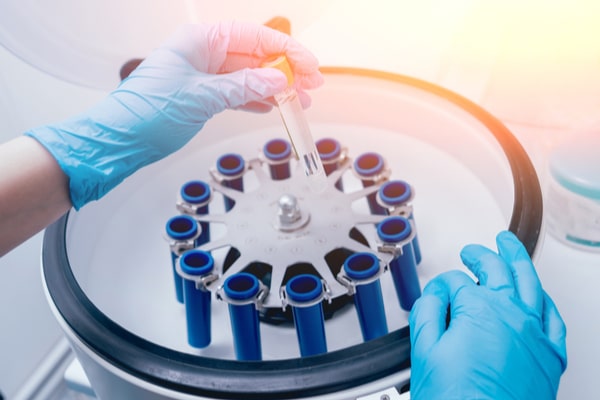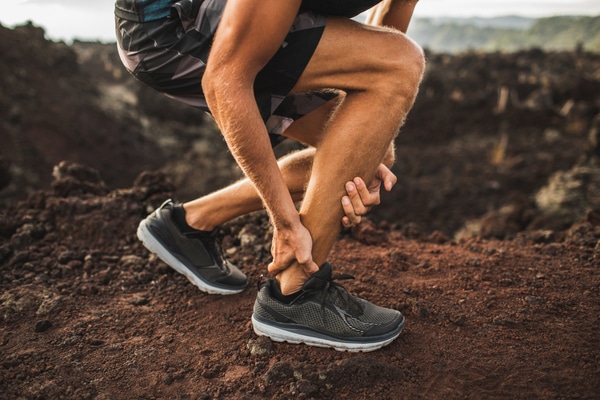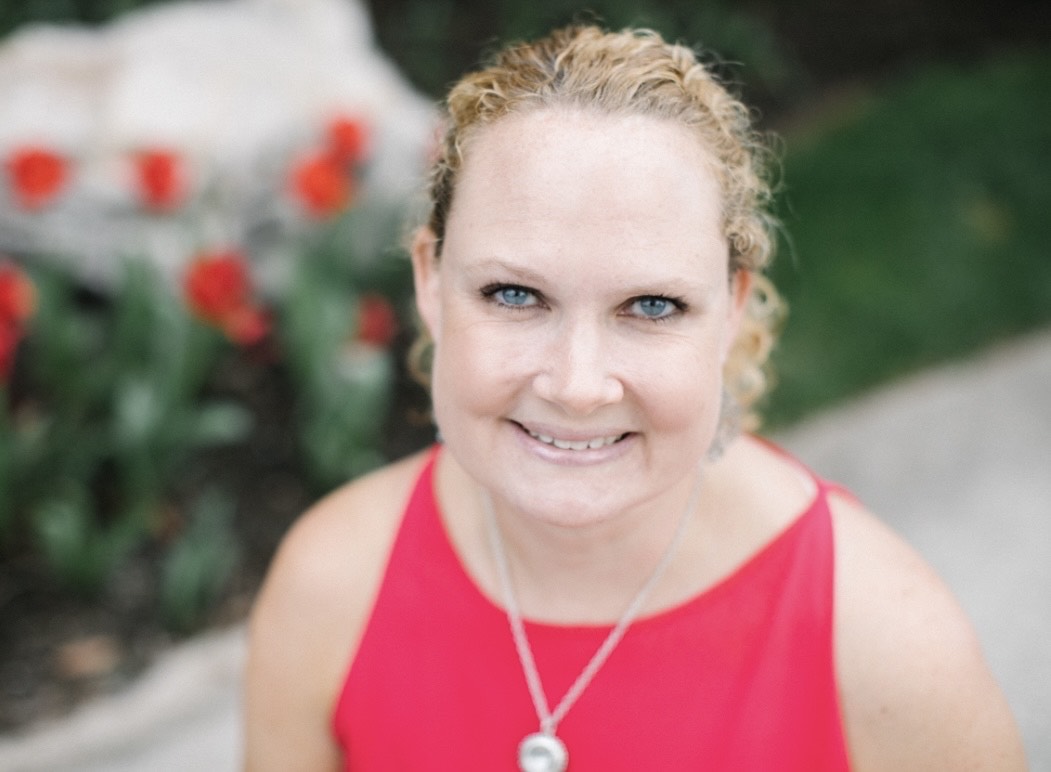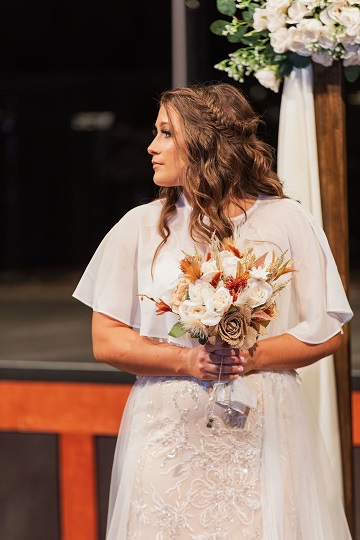Few things stop you from being active quite like Achilles tendonitis pain. Tendon injuries tend to take a long time to heal, and Achilles has a habit of straining in a very “avascular” (low blood supply) area of the body.
In our podiatry practice, we see many cases of Achilles tendonitis every year. Most of the time, conventional treatments can successfully treat Achilles tendonitis pain. Because of this, we always start with the most conservative appropriate treatment. This helps us maximize the value and effectiveness of your care.
Achilles tendonitis pain can impact anyone at any age. However, it’s most common among men participating in athletic activities.
About a million athletes suffer injuries to the Achilles tendon each year. Over the course of their lifetime, nearly half of runners will experience an Achilles injury.
Some Cases of Achilles Tendonitis are Stubborn
A 2000 study showed that while most people suffering from Achilles tendon pain fully recover, nearly 30% required surgery. Even years after the original injury, about one in six were not able to resume their previous activity level. Also, 41% began to suffer problems in the other Achilles tendon.
Incomplete healing of the Achilles tendon can get people stuck in a loop of increasing activity, followed by long periods of recovery. In addition, inconsistent activity levels also increase the likelihood of future Achilles tendon pain.
What can you do if you’re stuck dealing with long-term Achilles tendon pain?

How PRP Can Help Chronic Achilles Tendon Pain
For many years, if conservative treatments failed, the next step was Achilles tendon surgery.
Surgery can be a good option for people with long-term Achilles issues. However, it is also expensive, requires a long recovery time, and may compromise leg strength.
Thankfully, platelet-rich plasma (PRP) gives us an additional option to help the Achilles tendon heal before resorting to surgery.
In a PRP procedure, we draw your blood and spin it in a centrifuge. This causes the blood platelets to concentrate at the top of the vial. Blood platelets contain growth factors, which help to repair damaged tissue in the body. We inject the PRP back into the injured area to let the growth factors get to work healing tissue.
A typical course of PRP treatments for Achilles tendonitis is three PRP injections, spaced four weeks apart. After a follow up appointment four weeks after the final injection, most patients are able to resume running or jogging. In comparison, Achilles tendon surgery often requires 6-12 months of recovery. This expedited recovery process without the associated risk of surgery is one reason many professional athletes choose PRP.
Don’t Let it be Your “Achilles Heel”
If you’re tired of being sidelined by Achilles pain, come see us! We can help get you back on your feet with conservative, conventional treatments for simple cases, and advanced regenerative medicine for chronic or recurring cases.
Get started on the road to recovery by filling out the form below!
[jotform id=”212696402083151″ title=”Contact Us”]









